Blepharoplasty
Oncological Eyelid Reconstruction
Surgical correction of the eyelids is termed “blepharoplasty”, essentially plastic surgery for pets. In many pets, the eyelids can be too long (ectropion), too short, or roll inward (entropion), causing irritation to the eye. Based on initial examination, the best surgical technique will be determined to help your pet return to normal conformation.
As pets age, it can be common to develop lumps and bumps around the eyes. These eyelid masses can either be benign or malignant in nature and can be slow growing or rapid. Histopathology may be recommended to rule out concerning changes. Early examination and intervention is recommended before major reconstructive surgery becomes necessary.
If you are noticing changes to your pet’s eyelid conformation, please contact our office to schedule an appointment.
Entropion
Entropion is the inward rolling of all or part of an eyelid margin, resulting in the hair irritating the surface of the eye. Prolonged irritation from the entropion can lead to corneal ulceration and scarring.
Entropion can be either congenital (inherited) or acquired. Congenital entropion is common in certain breeds. Facial conformation also contributes to the severity of the entropion. In the larger breeds, such as the St. Bernard and Great Dane, the eyelid can be excessively long causing the middle of the lower eyelid to hang down and the sides to be pulled inward. In breeds like the Shar Pei, the defect is due to a smaller than normal eyelid opening causing tension and thus the rolling in of the eyelids.
Acquired entropion, or “spastic” entropion, is usually a result of blepharospasm (squinting), or contraction of the eyelid muscles. This usually is secondary due to pain and irritation on the eye surface from an abnormal eyelash, corneal ulcer, or debris, for example.
Clinical Signs
Congenital entropion usually becomes evident prior to 1 year of age. Initially signs of irritation are noted, such as excessive tearing or discharge.
Mild entropion can cause minor discomfort. However, severe irritation can lead to conjunctivitis (reddened and irritated eye), corneal damage and scarring, and possible corneal ulceration.
Non-surgical Treatment Options
In certain breeds, entropion may become problematic as early as 14 days of age. For these puppies, a temporary procedure such as eyelid tacking, may be necessary. The sutures can be removed in approximately 3 weeks, but should be monitored closely until then. Many puppies will have grown out of the entropion during that time, however some may still require surgery to permanently correct the eyelid position.
Surgical Treatment
During examination with an ophthalmologist, the most appropriate surgical plan will be discussed for each pet. The Holtz-Celsus Procedure is the most common surgical technique used to correct entropion. A small strip of skin and muscle are removed from below the eyelid. The area is then sutured together pulling the eyelid margin outward.
Post-operative Care
Keeping the area clean and free of any discharge will be necessary to promote appropriate healing. Topical antibiotic medications may be needed. An E-collar may also be required to prevent your pet from rubbing its eyes and causing irritation to the incisions. The sutures will stay in place for 10-14 days and a recheck will be necessary at that time to access healing.
Ectropion
What is Ectropion?
Ectropion is an outward rolling of the eyelid exposing the conjunctiva, potentially preventing complete closure of the eyelids (termed lagophthalmos). The lower eyelid is usually affected, commonly due to an excessively long eyelid opening. Sometimes patients with long eyelids may also have entropion (an inward rolling of the eyelids) in one or both eyes.
Pre-disposed Breeds
Ectropion can be seen in all breeds of dogs. The condition can be seen most commonly in the Bassett Hound, St. Bernard, Bloodhound, Great Dane, Newfoundland, Bull Mastiff, and several spaniel breeds. Many of these dogs are bred for their “droopy eyed” appearance.
Treatment
Determining whether a pet needs surgical correction is done with an examination by a family veterinarian or veterinary ophthalmologist. In some cases, ectropion does not require treatment. However monitoring is essential; long lower eyelids can be pockets for debris, discharge, and irritation. If conjunctivitis or corneal disease are present because of the ectropion, medical, and often surgical, correction is recommended. There are many surgical procedures used to correct entropion and the surgeon will determine the best plan. In most cases, only one procedure is necessary to correct the eyelid conformation. In complicated cases, especially cases with eyelid scarring or previous trauma, multiple surgeries may be required to obtain successful results.


